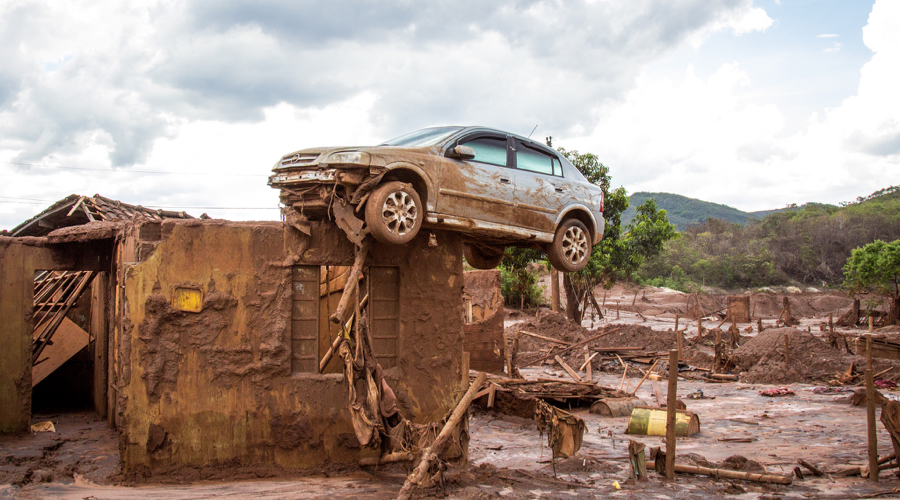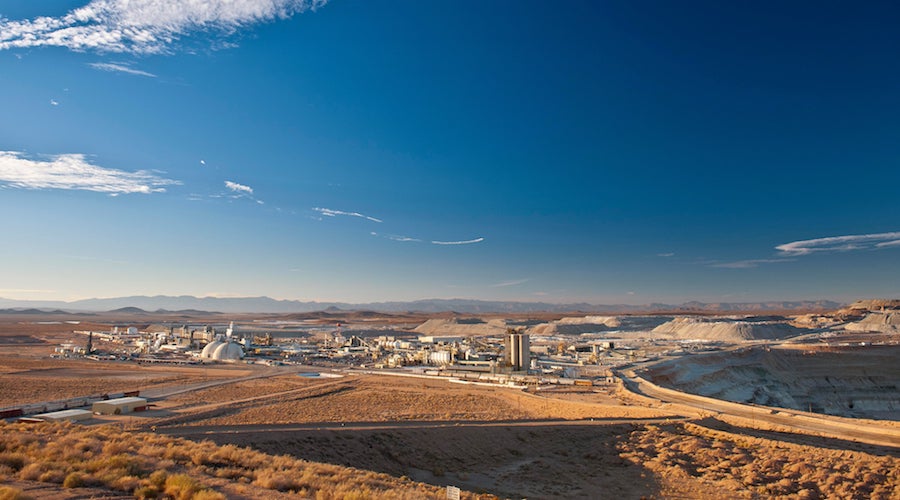Brazil charges 21 people with homicide in Samarco disaster

Almost a year after the Samarco dam burst in the southeastern state of Minas Gerais, killing 19 people, Brazilian federal prosecutors filed homicide charges against 21 mining executives in connection with the catastrophe.
According to The Wall Street Journal, among those charged are former Samarco Chief Executive Ricardo Vescovi, Vale’s current iron-ore director Peter Poppinga, and five Vale and BHP officials who sat on Samarco’s board. If convicted, they could face sentences of between 12 and 30 years in prison, just for the crime of “qualified homicide.” Additional charges of causing a flood, landslide, and grave bodily harm have been laid against them.
In February, police in Minas Gerais recommended “qualified homicide” charges for Vescovi and six others execs.
On top of this, Vale, BHP, and Samarco have been charged with 12 different kinds of environmental crimes. The Samarco iron ore mine is a joint venture between Vale (NYSE:VALE) and BHP Billiton (ASX, NYSE:BHP) (LON:BLT).
Now a judge must accept the charges for a trial, which initially would take place before a jury.
Previous to this new development, Brazilian federal prosecutors filed a civil lawsuit against Vale, BHP, and Samarco in May. They were seeking $49 billion in damages.
Protest in London
As prosecutors announced their decision to file charges, a protest was taking place outside BHP Billiton’s annual general meeting in London.
Street performers re-enacted the destruction caused by the Samarco dam collapse, while people impacted by the disaster were giving testimonials.

The accident, which has been deemed the worst environmental disaster in Brazil’s history, occurred in November last year when Samarco’s tailings dam breached, flooding 280 miles of the Doce River, leaving 700 people homeless, and killing 19 others.
According to local authorities, the incident was caused by a lack of proper monitoring, which led the reservoir behind the dam to overfill.
Faulty equipment and a failure in the drainage system are said to have also played a role in the crack-up.
More News
{{ commodity.name }}
{{ post.title }}
{{ post.date }}




Comments